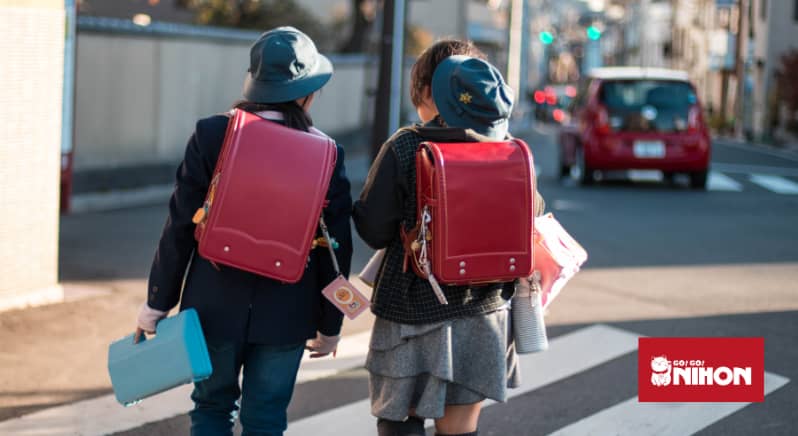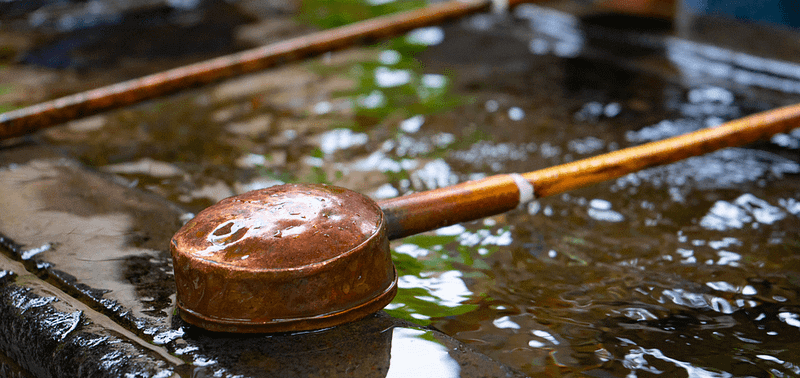Education is a fundamental pillar of growth for human beings all around the world. Every country has its own methods in teaching and raising children in order to become a part of their unique culture and the Japanese education system is no different.
I spent four years working in Nishinoomote City’s Board of Education, allowing me the opportunity to see and be a part of an education system very different than that of my USA schooling. It was an eye-opening glimpse into a very different—and equally admirable—way of educating children and guiding them as they grew into young adults.
I’d like to note here that I worked primarily with elementary and junior high school students, who haven’t yet come to the difficult university testing system seen at high school. That being said, let’s take a closer look at what students are up to in Japan.

How the Japanese education system works
School is typically divided into five cycles:
- Yōchien (幼稚園, Nursery school) from 3 to 6 years old.
- Shōgakkō (小学, Elementary school) from 6 to 12.
- Chūgakkō (中学, Middle School) from 12 to 15.
- Kōkō (高校, High school) from 15 to 18.
- Daigaku (大学, University) or Senmongakkō (専 門 学校, Vocational school) in general with a duration of 2 to 4 years.
In general, the United States divides education into
- Pre-school (3-5 years old)
- Kindergarten (5-6 years old)
- Elementary school
- Middle/Junior High School
- High School
- College/University/Vocational School
The main difference I found interesting between Japanese and American elementary schools was the heavier emphasis on morals and ethics education in Japan. Standard subjects such as mathematics, science, music, and physical education are of course taught. But morals is a separate subject complete with textbook and allocated time. It’s less about telling kids what they should or shouldn’t do, but rather to facilitate discussion on moral dilemmas. Additionally, it looks at how students would react to a given situation. There were never wrong or right answers, just time to talk about the black, white, and grey areas—just like real life.
School is compulsory until 15 years of age. However, 99% of middle school graduates enrol in high school to continue their studies. Those enrolled in public schools (until chūgakkō) do not pay registration or school material fees. Families pay secondary costs such as meals and school trips. Unlike in the US, in Japan it’s less taboo to enrol in institutes specialising in agricultural, industrial, or technical training.

Exams
Testing—specifically entrance exams—is its own world in Japan. Students wishing to move up into junior high schools, high schools, or universities, must pass grueling entrance exams. So grueling, in fact, that they’re dubbed exam hell (shiken jigoku, 試験地獄). These tests take an endless number of sleepless nights to study for, with students often sitting in cram schools after regular classes in order to try and get a leg up on the test.
I remember seeing my junior high school students studying for high school entrance exams and they were never around during these times. Many students began studying for these exams during their second year of junior high school. This meant about two years of studying just to get into the high school they wanted.
University is just as difficult. Selection requirements are often so difficult that only about 56% of students pass on their first try. Those who fail become ronin (samurai without a master, 浪人) and must study for an entire year on their own in order to try for next year’s test.
Times, however, are changing. As foreign companies enter Japan and bring in their own work cultures, the strict test-results-only standard is slowly morphing. Western culture looks more at skills, experience, and personality on top of good schools. As these businesses enter Japanese society, the Japanese education system evolves.
There are also services available now to help with university prep, for example on Study Crumb students can read about how to organise their time to be more productive.
Life at school
School life is packed. Students attend classes from Monday to Friday, with additional half days every two Saturdays. On top of that, many students attend juku (cram school/after school classes, 塾) to study for entrance exams or get a better handle on specific subjects like English. Those who don’t attend juku participate in after school clubs and activities, such as baseball, volleyball, kendo, or any number of sports.
There are no janitors in Japanese schools. Students divide into teams to tackle all manners of keeping their school clean. Some mop the floors (or team up with rags and run across the floor in lines), some wipe the chalkboards, some sweep, and others weed the gardens. It’s an amazing team-building activity, having the kids keep each other accountable for their own school and all working together to get it done. I found it an especially rewarding activity in my schools, running across floors pushing rags and sweating through my work clothes. It helped me build a bond with my kids and let me see a less serious side of how they interacted with each other.
Then there are huge festivals! On top of all this, kids prepare for sports festivals, culture festivals, exhibitions, plays, and song celebrations. All of these practice times are usually done on the students’ own time after school, so you can see how this all comes together to make a packed schedule.

Gakureki shakai
It’s no wonder that around the world the Japanese education system is recognised as one of the best. In addition to academics, schools also seek to teach morals to the young in an effort to raise well rounded, good human beings. While working in the school system, I saw many things that I wished could be implemented into the American school system.
Not everything is perfect though. Japan boasts a solid educational system but it can revolve too narrowly around school and tests. This is known as gakureki shakai (学歴社会). Competition between students to enter high schools and universities is so high that kids sometimes spend a majority of their time studying in order to get on the right track for the right school. Sometimes students break down, burn out and drop out. Some face bullying for not getting into good schools. Some even withdraw from society, too taxed mentally to face the hurdles of life and education. Nowadays, though, more is being done to create a school system that puts less pressure on students.
In any case, the system must be doing something right. Japanese society has strong educational values that have created a very beautiful, intelligent society. Come check it out if you don’t believe me!
For more information about Japanese culture keep following our Go! Go! Nihon blog and read our article about the Japanese backpack randoseru.















